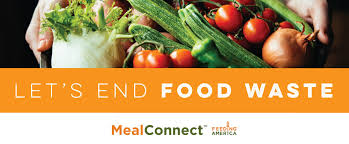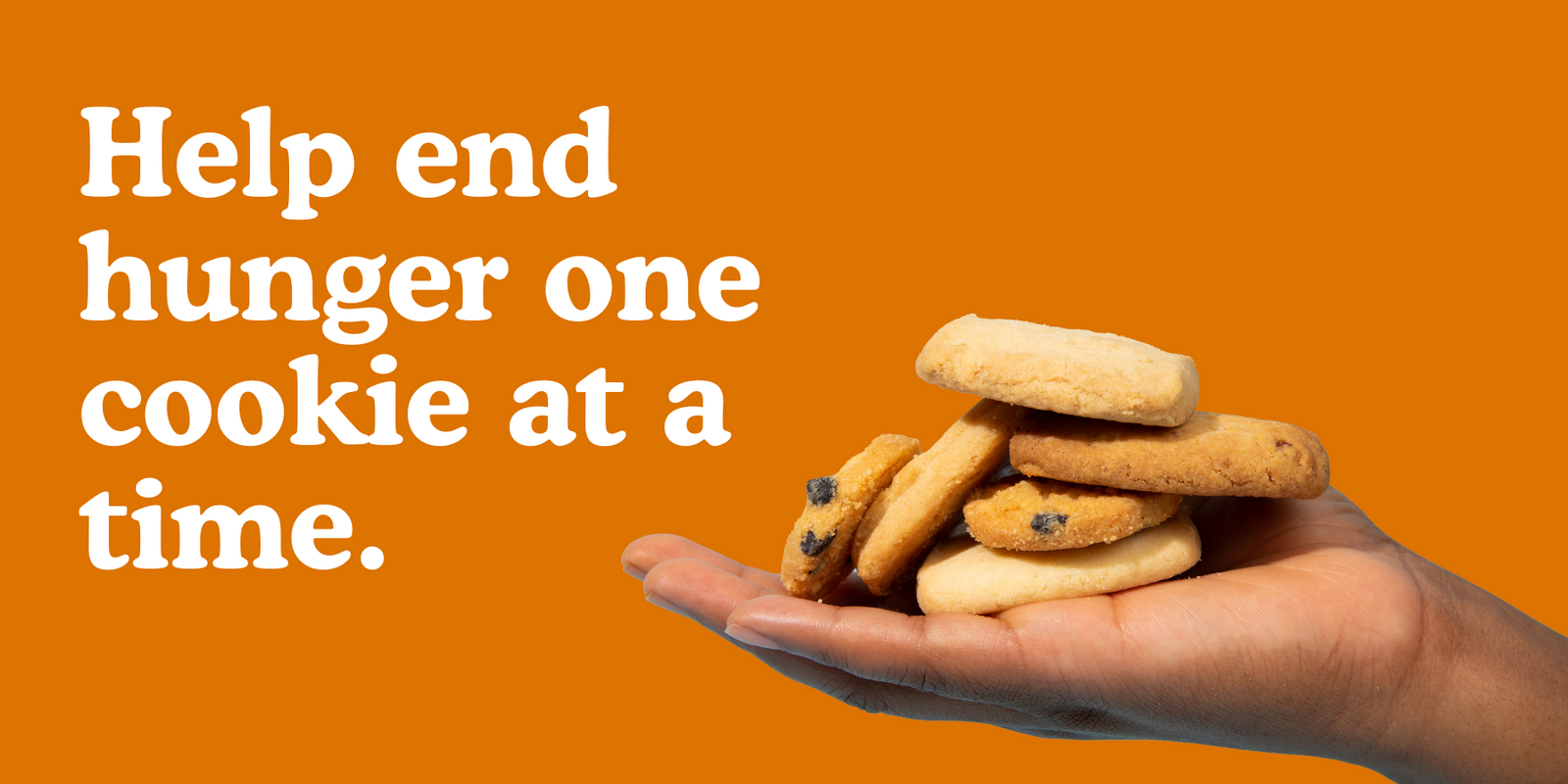
According to Feeding America, 1 in 9 New Yorkers struggle with hunger.1 From lack of food supplies for soup kitchens and budget cuts to public programs to rising food costs and low budgets allocated to soup kitchens and food pantries, the hunger problem in New York City is a result of a variety of social and systemic factors.
Awareness is the first step towards change.Read on to learn more about recent facts and statistics about food insecurity in the city and what you can do to help.
Facts About Hunger in NYC
According to the Food Bank for New York City, a combination of ongoing threats of cuts to SNAP (Supplemental Nutrition Assistance Program) and rising costs of food have led to longer lines at soup kitchens with a significant increase in the numbers of first-time visitors, senior citizens and families with children.2
Key facts and findings according to recent reports on hunger in New York City noted the following:
- In 2017, there were approximately 25 million visits to soup kitchens and food pantries in New York City. That is more than the total number of attendees of all NFL games in the entire country.3
- Nearly 80% of food pantries and soup kitchens across NYC have seen elevated traffic between 2013-2018 since funding for SNAP was cut in 2013.4
- In 2015-17, 12.8% of the city’s population suffered from food insecurity, including 18% percent of all children, 8.9% percent of all employed adults and 10.9% percent of all seniors.5
- In addition, the average price of food is increasing, making access to food in New York City more costly and less accessible.
- Since 2013, average food costs are up 27% across all NYC boroughs and 46% in Manhattan alone. As of 2018, the average cost of a meal in NYC is $3.73. That is considerably higher than the average national cost of a meal in the United States, which is $3.00.6
How Budgets for Public Programs Affect Access to Food
SNAP Benefits
SNAP benefits, or food stamps, provide an average benefit of $146 per person per month which is enough for 39 meals each month. The need for emergency food—providing meals directly to people in need—has increased since cuts were made to SNAP in 2013. Over 80% of soup kitchens saw an increase in traffic in the five years following the program cuts. The overall network has seen an increase of 63% in food needs for seniors and a 62% increase for families with children.7
The NYC community response to the hunger problem is twofold:
- Providing food-insecure people with emergency food.
- Connecting people to public benefits to which they are entitled, like SNAP. Each approved SNAP application in New York City is equal to a full pallet of food and 1.6 million people in New York City depend on it.8
SNAP doesn’t only benefit individuals and families, but local businesses as well. Many businesses throughout the city rely on SNAP because it generates economic activity and development. SNAP dollars function like cash and go directly into the local economy.



